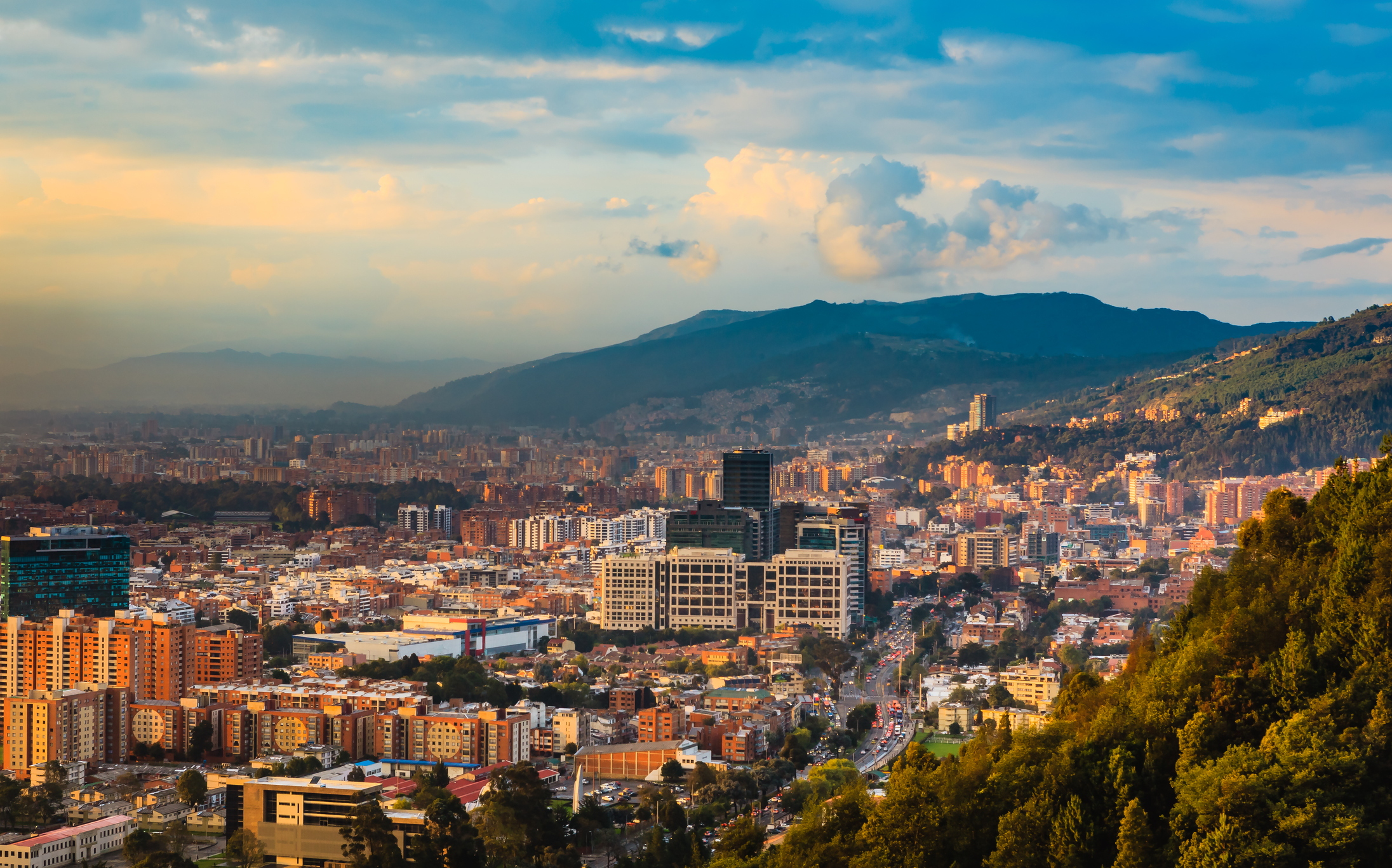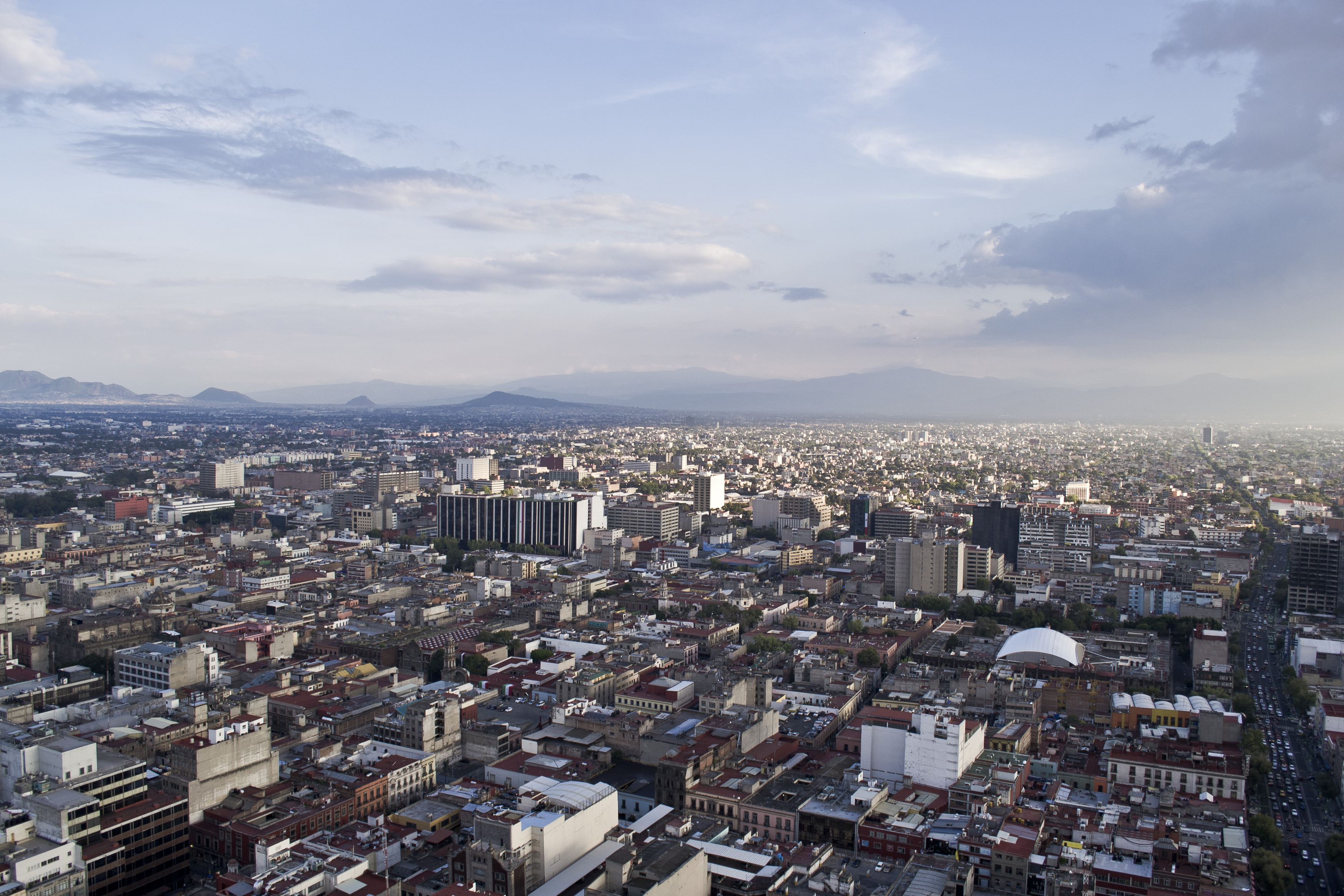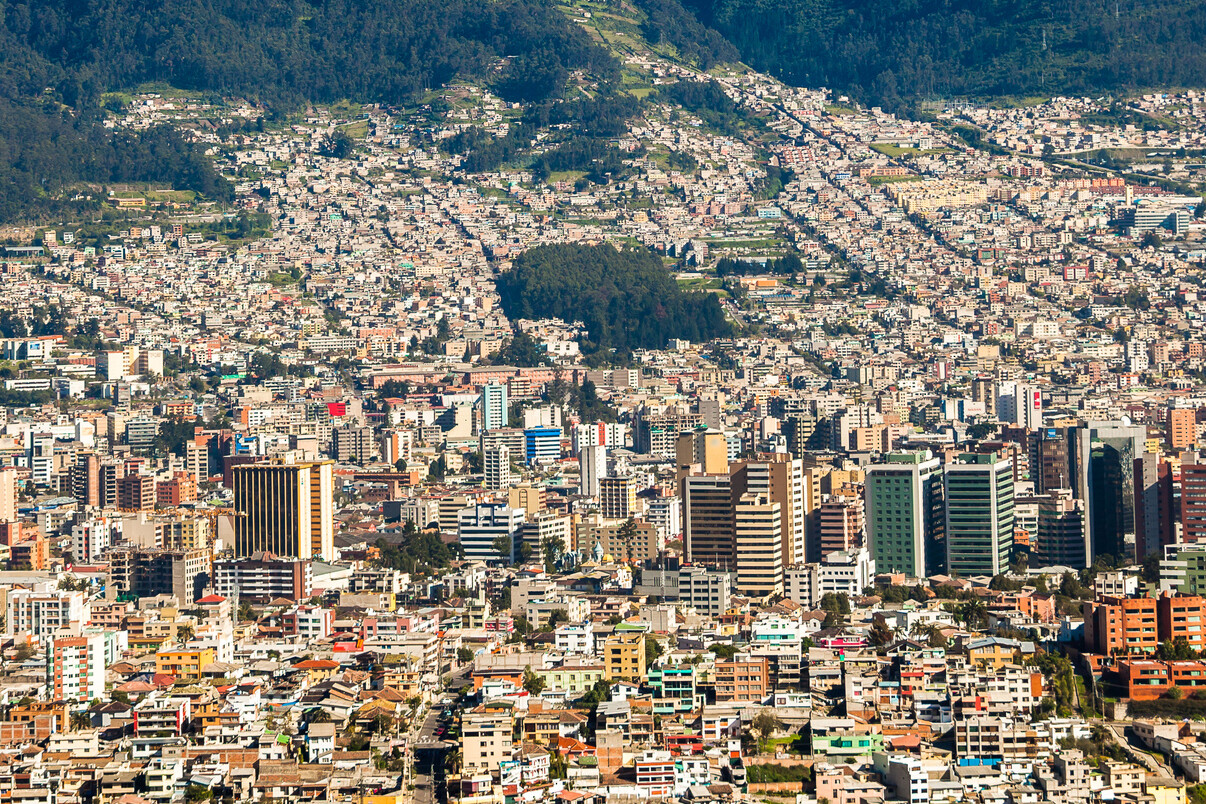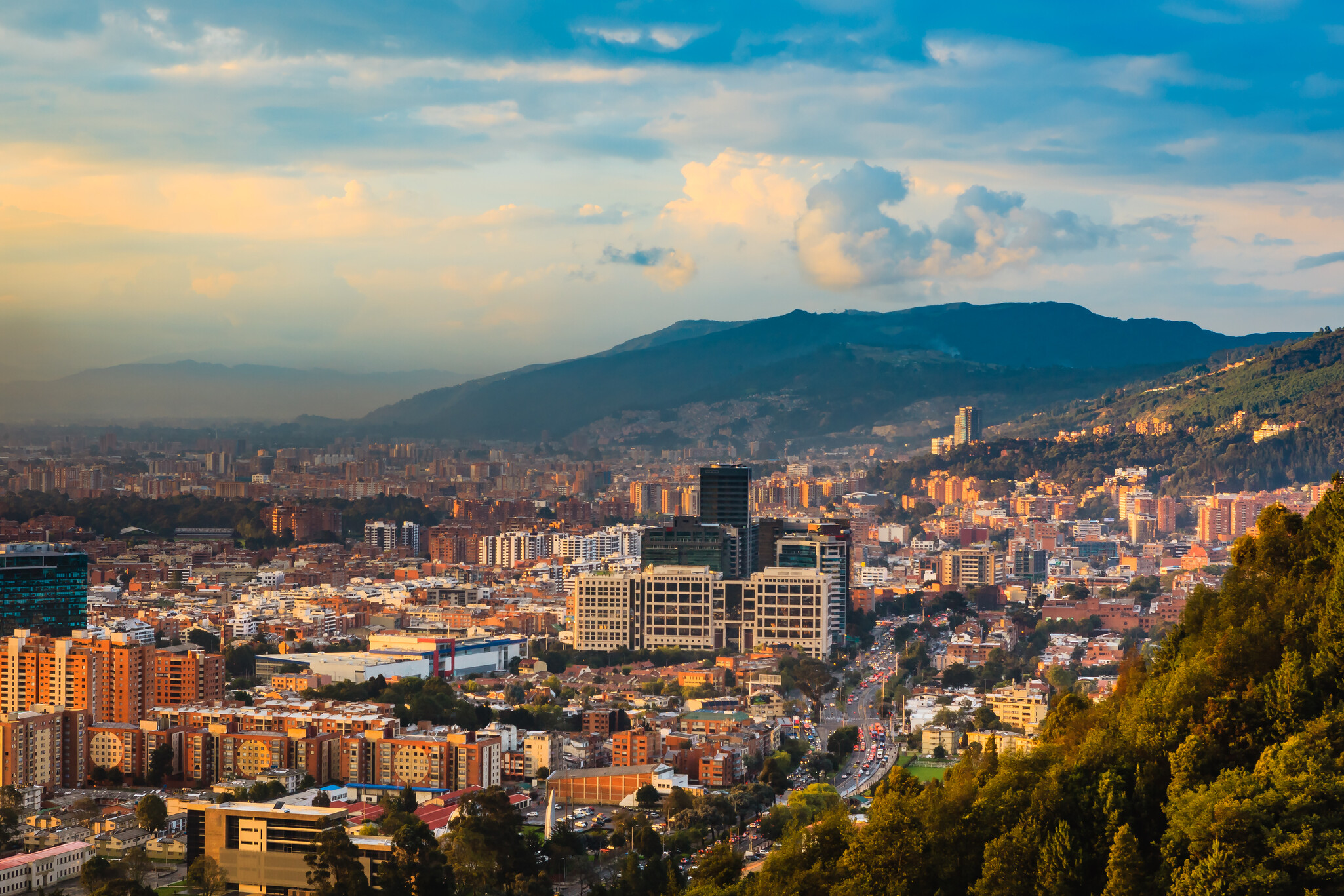Focus On PSM: RTVC – Colombia’s Public Media System
24th August 2022
With its peace stations, educational content, and technological advancements, RTVC Colombia has shown strong examples of public media output. But the broadcaster now stands at a crossroads, with the country’s new president bringing new leadership to the public broadcaster.

In this Focus On report, we take a look at what the national broadcasting service of Colombia, RTVC, offers and what its future holds amid wider challenges to media freedom.
‘A benchmark in Latin America’
The broadcaster National Radio and Television of Colombia (RTVC) considers itself the benchmark in Latin America.
Founded in 2004 during the three-year presidency of Alvaro Uribe Velez, the system today is made up of the television channels Señal Colombia and Canal Institucional; radio stations Radio Nacional de Colombia and Radionica; and online stations, Señal Clásica, Señal Digital, Radionica 2 and Radionica 3. The broadcaster also manages Señal Memoria (an audiovisual archive) and its streaming platform, RTVCPlay.
According to the organisation, RTVC reaches 93 percent of the Colombia population and, in many parts of the country, it is the only option for news, entertainment, and education. RTVC’s reach is particularly important during events such as elections when the public needs access to information on the positions of potential leaders. It is also critical during crises such as the COVID-19 pandemic, when the need for educational content was met with RTVC initiatives such as ‘Exploremos’, an audio streaming and digital terrestrial television (DTT) channel which provided educational programming 24 hours a day.
Read more: PSM Innovations – Colombia’s local radio stations working for peace
Other examples of RTVC’s strong public media work include award-winning documentaries; high quality children’s programmes; and audience engagement via new platforms such as TikTok. In recent years, RTVC’s technological advancements such as the rollout of several DTT channels, the development of its peace stations, and its work in building technical broadcasting skills of schoolchildren have demonstrated its innovation, diversity, reliability, and ultimately its value to Colombian society.
But while large elements of RTVC’s output can serve as strong examples of public media values and the public broadcaster’s social impact on its audiences, there are still concerns about the level of RTVC’s editorial independence.
For instance, in March 2021, the Colombian government – then under President Ivan Duque – reportedly sought to spend more than $80 million on state news. According to Colombia Reports, RTVC Manager Álvaro García said 90 journalists were hired to produce multiple daily news programs, to be broadcast on state television channels and radio stations. The initiative would “modernise and strengthen the State’s communication equipment and resources,” García said at the time. It came just weeks after the Ministry of Information and Communications Technologies (ICT) announced a package of $24 million to be granted to private media outlets that agreed to “follow orders and instructions” from government officials.
Before then in December 2018, former RTVC Director, Juan Pablo Bieri, was accused of ordering the censorship of a programme due to the presenter’s opinions on a government bill to modernise the ICT Ministry. The Foundation for Press Freedom (FLIP) released a 14-minute audio clip in which Bieri can be heard ordering the programme’s withdrawal. Bieri resigned from his post soon after and was later charged by the Attorney General’s Office for “alleged excess of functions, abuse of authority, censorship, and possible violation of human rights, freedom of expression and opinion.”
The Colombian public media system has also been criticised for unbalanced funding, weak governance, the centralisation of powers in the ICT Ministry, and the notable difference between regional and national channels, such as how they fund themselves, their purchasing powers for foreign licences, and investments in digital offerings.
RTVC at a crossroads
The public broadcaster has more specifically been criticised for the manner in which its managers are appointed. In an interview with FLIP, Marcela Benavides, the former director of Señal Colombia, said RTVC’s managers should no longer be appointed by government, but either by competition or a specialised and independent technical team. She said too that a manager’s term should exceed a government’s four-year term.
With Gustavo Petro’s ascension to the office of President on 7 August, focus has now turned to who will be RTVC’s new manager, replacing Mr. García. The process has been stalled by the delay in the appointment of the ICT Minister, who has oversight of RTVC Colombia.
At the moment, several names have been touted for RTVC’s leadership. At the forefront is Hollman Morris, a former councillor of Bogotá and the former manager of Canal Capital, the local public television channel in Bogotá. Mr. Morris publicly supported Mr. Petro during the presidential election.
Colombian filmmaker Lisandro Duque – who succeeded Mr. Morris’s position at Canal Capital – and journalist Mábel Lara are also reportedly in the running. Both Mr. Morris and Mr. Duque held their positions at Canal Capital while Mr. Petro served as Bogotá’s mayor.
Whoever assumes RTVC’s leadership is expected to undertake the task of reforming the public broadcaster, a promise made by President Petro. According to Petro’s proposal, RTVC’s reform would “[ensure] its institutional, popular and independent nature so that it can be the voice of the multitudes, an expression of multicoloured democracy.”
Notably, Mr. Petro’s proposal said the reform would “promote RTVC’s functional, administrative, and financial independence from the ICT Ministry”. Such a reform would have the challenge of addressing the issue of not only funding RTVC – which currently comes directly from the ICT Ministry – but doing so in a way that guarantees the public broadcaster’s independence.
Another challenge for the next RTVC manager is the “[promotion of] a public, cultural and institutional radio law that is articulated and contains parameters similar to the TV law”, to ultimately strengthen RTVC’s cultural and educational content, its infrastructure, and territorial presence. This proposed reform would rely on strong regulation and a strengthening of the regional channels and community radio stations, both significant tasks to undertake.
RTVC’s potential reform is part of a wider regional trend. In Chile, the recent election of Gabriel Boric has seen promising moves made for reforming both the broadcaster, TVN, and the wider media landscape. It is hoped the election of Lula da Silva in Brazil in October’s election might see a similar thing happen after a term of Jair Bolsonaro which has seen journalists attacked, and the national media agency turned into a state mouthpiece.
Listen to episode 5 of our podcast, where we speak to Carolina Barreto, a journalist at Radio MEC, part of Brazil’s state broadcasting system, talking about how important the coming election could be for media in Brazil.
Colombia’s wider media landscape
“Colombia continues to be one of the western hemisphere’s most dangerous countries for journalists. Coverage of such subjects as the environment, armed conflict, corruption or collusion between politicians and illegal armed groups elicits systematic harassment, intimidation, and violence.”
– RSF’s Press Freedom Index 2022
The impending changes to RTVC are happening against the backdrop of wider attacks on Colombian journalists and media. Under former President Ivan Duque, violence against journalists intensified; five journalists were assassinated, and 750 journalists threatened with censorship by the end of Duque’s four-year term in 2022.
Read more: How hostility to the press ended up isolating Colombia’s government
Notably, historic public unrest in 2021 saw critical journalists being stigmatised by political actors and attacked by protestors. In its recent analysis on Colombia, Reporters Without Borders (RSF) noted that ideological polarisation and a decline in trust in the media have resulted in a “rejection of both the presence and the work of journalists.”
The trend of attacks against journalists continued into 2022, with several reports of threats, cyberattacks, and physical violence from citizens, security forces, and politicians.
In a joint statement issued in June, five Latin American media advocacy organisations highlighted anti-media rhetoric used during the recent electoral process. The organisations expressed concern about the climate for journalistic work under any newly elected government. At the time, there were 47 documented attacks related to election coverage, the statement said, with 12 of the attacks being attributable to the President Petro’s party and another four to the opposition’s party.
“This creates an environment that tries to dissuade the exercise of freedom of the press, reduces the diversity of information and limits the content that citizens can access,” the organisations said. “A common pattern is that these attacks occur after journalistic questions and publications are considered negative for the interests of one or another campaign, through strategies that generate intimidation and self-censorship.”
In July, the Inter American Press Association (IAPA) also criticised statements made by an insurgent group linked to FARC that called several of the media outlets in the country “mercenaries.”
President Petro will be under close scrutiny on his approach to media freedom. Mr. Petro already has more than a decade of experience interacting with journalists from his time as Bogotá’s mayor and his relationship with the media has been tense, Global American reports. This tense relationship has been credited to Petro’s previous hostility and social media attacks on journalists and media outlets.
“Petro has not always treated critical news outlets or journalists with kindness; the next few years will put him to the test,” the non-profit said.
Related Posts
31st March 2022
New head of Chile media regulator pushes for more public media
The incoming president of Chile’s media…
1st September 2021
Focus On PSM: Second time lucky for public media in Ecuador?
A year after it was dismantled, public…



